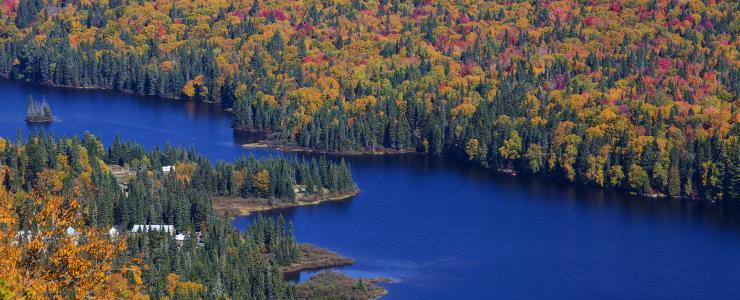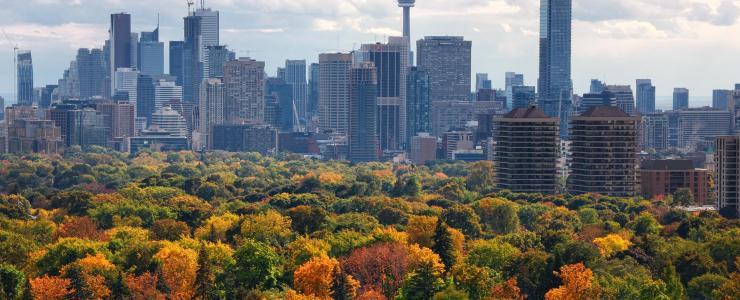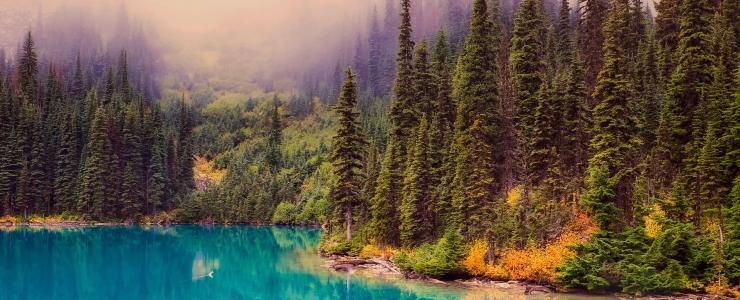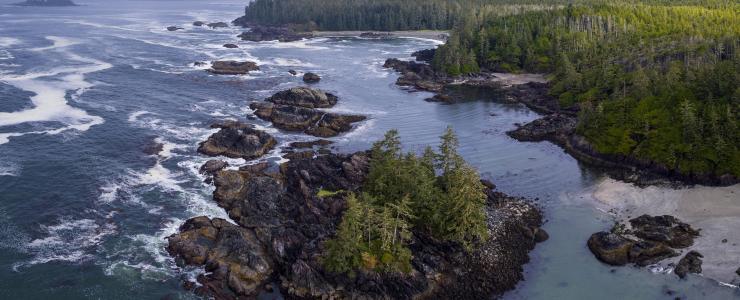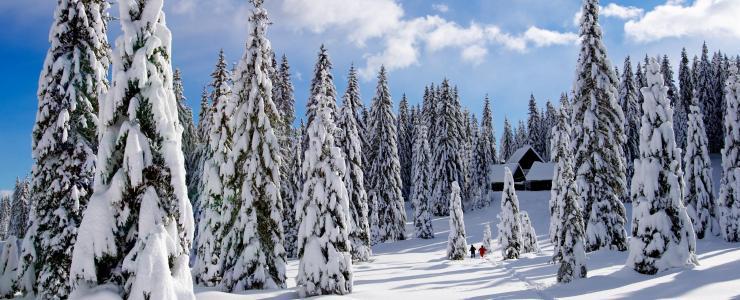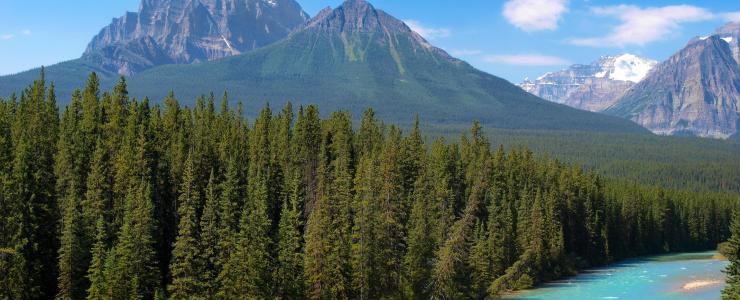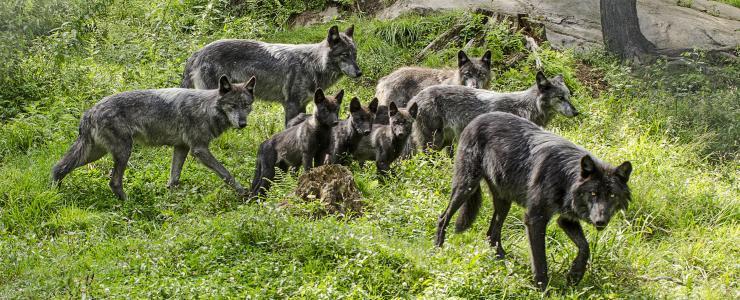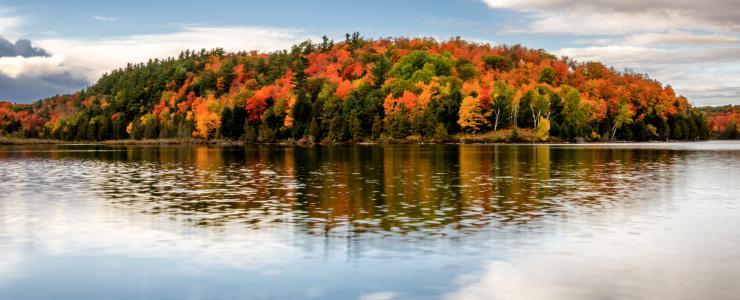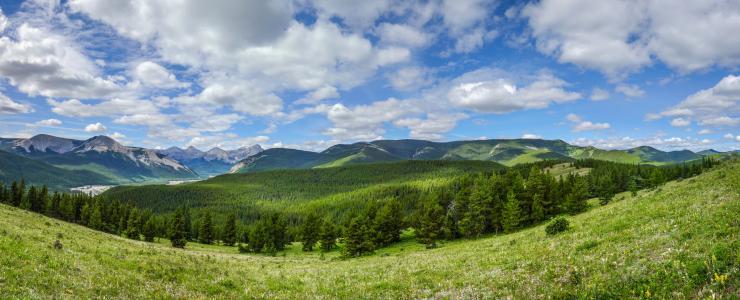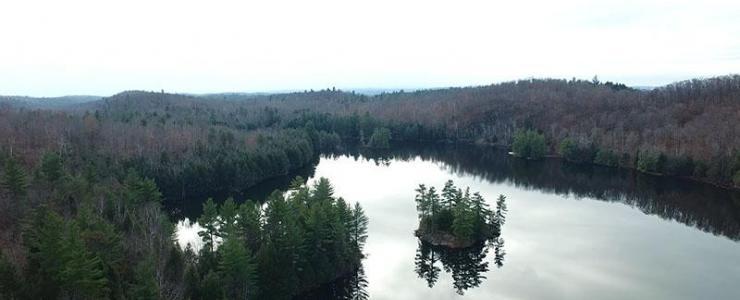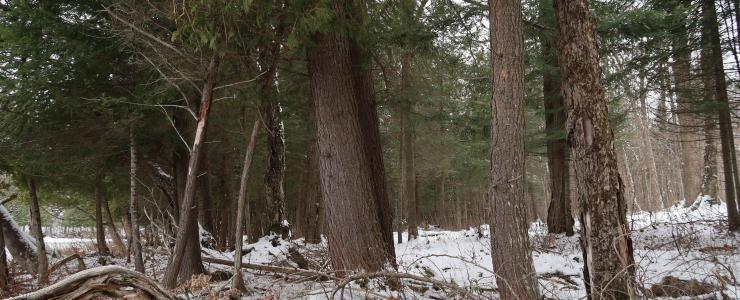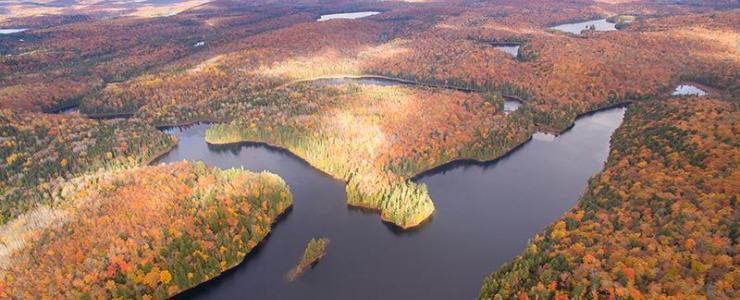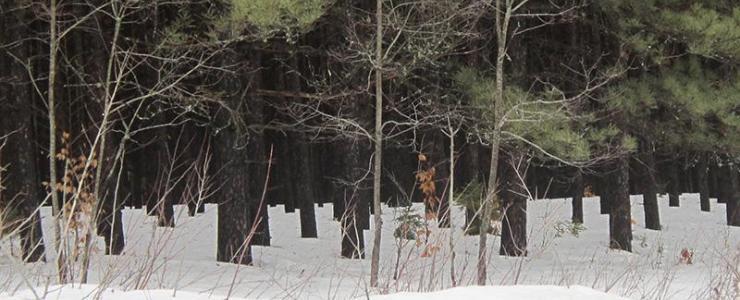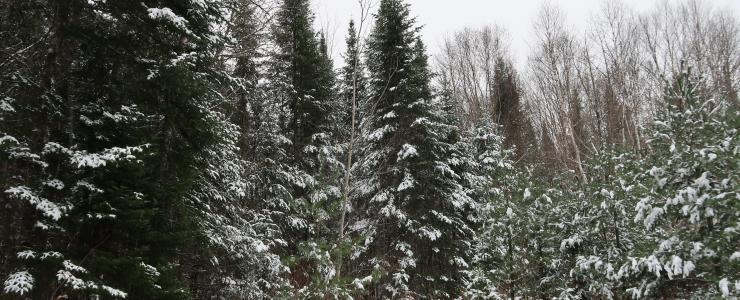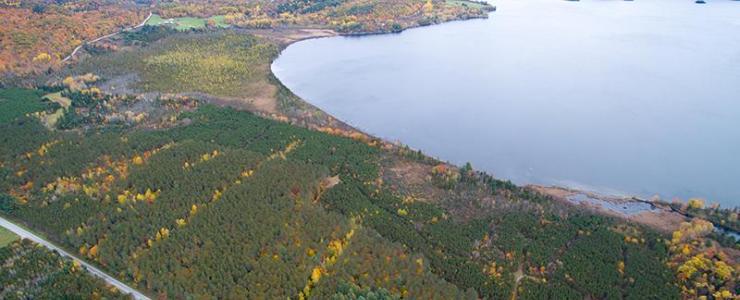The Great Lakes–St. Lawrence forest; highly valued woodlands
The Great Lakes–St. Lawrence forest is productive, attractive, a source of income and a place to relax, and is highly valued in Quebec and Ontario These forest massifs are subject to urban pressure but protected by environmental laws, and are mainly privately owned. There are some great opportunities to acquire a forest in Quebec thanks to Forêt Investissement!
The Great Lakes–St. Lawrence forest is incredibly extensive. It is immense and majestic, interspersed with thousands of lakes and rivers.
Also known as Terres à Bois, it plays a very significant role in economic, social and environmental terms. Quebeckers are extremely attentive to these forested areas, not only because they are a source of income but also because they are our Earth’s lungs. Forêt Investissement can help you make a green investment that takes into consideration economic growth and sustainable development.
The Great Lakes–St. Lawrence woodlands
Lying in southern Quebec, the forests follow the north bank of the Saint Lawrence river up to Quebec City and the south bank as far as the Gaspé Peninsula, where they meet the Atlantic Ocean. This is a deciduous forest zone, with three bioclimatic domains: the sugar maple/hickory stand, the basswood/sugar maple stand and the yellow birch/sugar maple stand.
The relatively flat land and rather mild climate are key characteristics of this region, no doubt favorizing crops. An asset for anyone buying a forest in Quebec. The area is indeed highly prized by farmers because the land is very fertile. Maintaining and developing the forest are key concerns: pressure from agriculture and urbanism place the sector at the heart of tough negotiations and bargaining between private owners and the public authorities keen to maintain the ecosystem.
Buying a forest in Quebec thus requires good knowledge of the territory in terms of both geography and environmental policy.
The Great Lakes–St. Lawrence forest is mainly private and is productive for 94%, twice as much as the French forest!
It is much sought-after and is a significant source of income thanks to firewood production, maple products, Christmas tree production, fur sales and the gathering of wild fruits and mushrooms, along with all the income generated by fishing, hunting and the leisure pursuits enjoyed in the forest. Buying a forest in Quebec means contributing to the country’s economy and can be a source of regular income.
Exceptional biodiversity
Mainly made up of deciduous species, this part of Quebec is dominated by sugar maple. Its wood is one of the most highly prized in Canada, used for furniture making and cabinetwork. However, its best-known product is of course maple syrup, a sweet treat enjoyed the world over.
Other deciduous species are found in the Great Lakes–St. Lawrence forest: red maple, yellow birch, American linden, American beech, red oak, red ash, white ash, large-tooth aspen and American hop hornbeam. This array of species produces the stunning show of color that appears with the first frosts of fall.
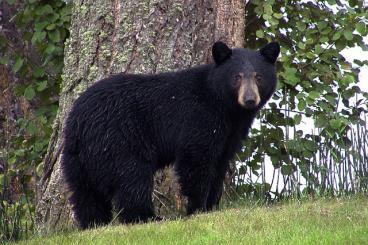
In these forest regions, tourists are required to comply with a number of safety instructions but are rewarded with sightings of the red fox, white-tailed deer, snowshoe hare, porcupine, black bear, moose, woodcock, wild turkey and ruffed grouse. However, we should never lose sight of the fact that these are wild animals!
With their exceptional biodiversity, the Great Lakes–St. Lawrence woodlands enjoy the benefits of abundant natural resources, a preserved ecosystem and some outstanding landscapes and sites. The many owners of these forests, which are mainly private, have to carefully balance their logging operations with the protection of an exceptional ecosystem.
It is worth noting that a tenth of the wood harvested in Canada comes from private woodlots and the province of Quebec harbors a significant proportion of private forests. It is therefore perfectly possible to buy a forest in Quebec.
Forêt Investissement, the forestry specialists, are able to guide you through the purchase of a forest in the white zones and green zones of Quebec, a province that is home to 67% of the country’s forest owners.



